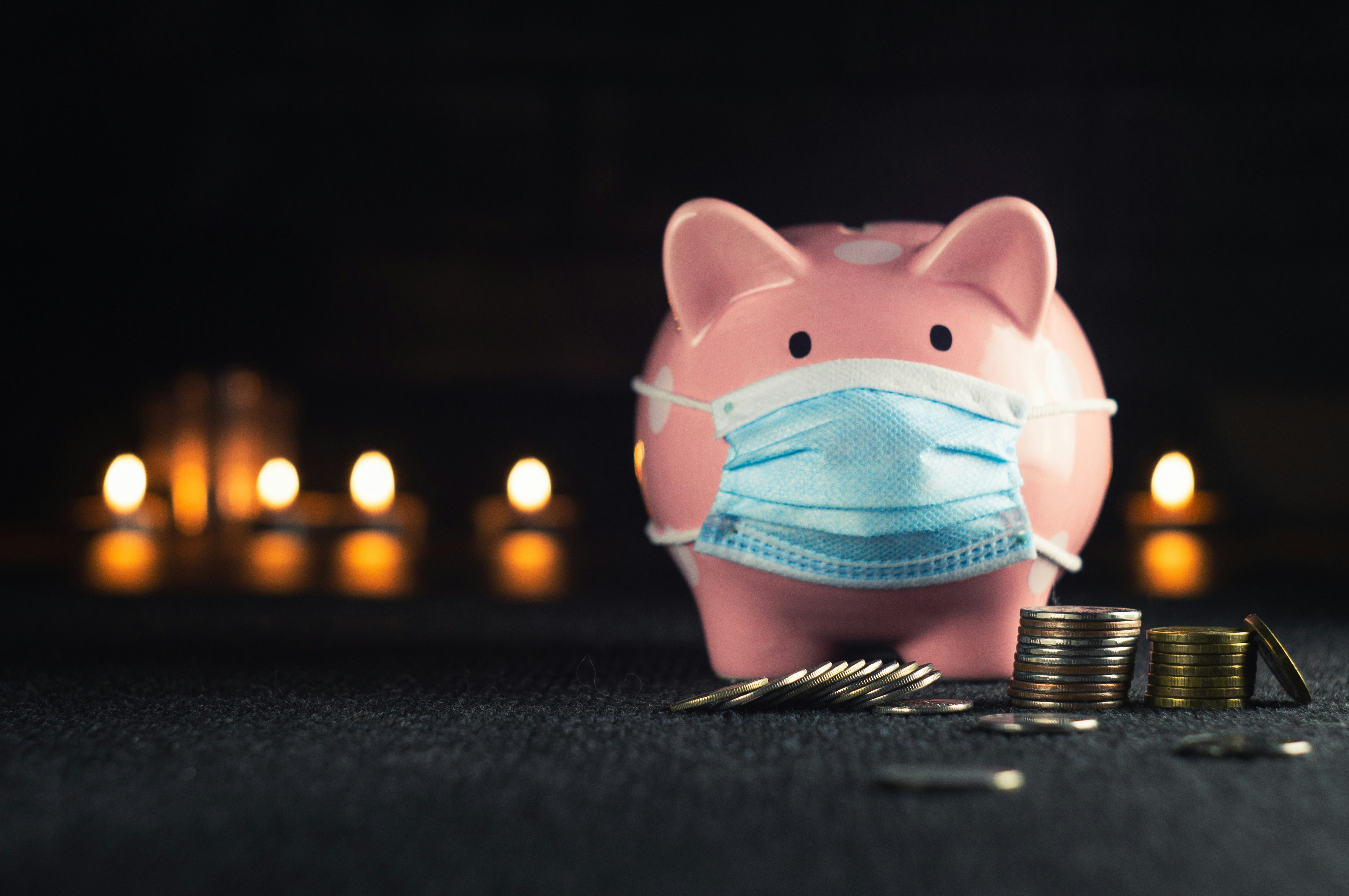
How to Set Up an Emergency Fund When Cash Is Tight
Setting aside money for emergencies may seem challenging when your budget feels stretched, but small actions can make a real difference over time. Even putting away a few dollars regularly helps you create a cushion for life’s surprises. Rather than waiting to save a large amount, focus on consistent, manageable contributions. Watching your savings grow, no matter how slowly, brings a sense of security and relief. By starting with what you have, you give yourself room to handle sudden bills or repairs, and you’ll feel more confident knowing you have a plan in place for the unexpected.
Advertisement
First, get clear on where your money goes each month. Tracking every dollar—whether it pays for coffee, phone bills, or weekend fun—paints a picture you can work with. Once you know your spending habits, you can make choices that boost your savings without cutting out everything you enjoy.
Evaluate Your Current Financial Situation
- List all income sources and amounts. Include part-time work, side gigs, or freelance pay.
- Note every regular expense. Think rent, utilities, groceries, subscriptions, and transport.
- Track irregular spending. Record occasional purchases like dining out or streaming rentals.
- Check your banking and credit card statements. Watching these over a few weeks reveals patterns.
After creating this snapshot, identify areas where you can save without a big sacrifice. Maybe you find a subscription you barely use. Or notice you spend more on rideshares than you realize. This clarity helps you decide where to trim without giving up things you value most.
Set Your Emergency Fund Goal
- Choose a short-term target. Aim for $500 first to handle small surprises like a phone repair or prescription refill.
- Set a medium goal. Once you reach $500, work up to $1,500–$2,000 to cover bigger issues such as car maintenance or medical co-pays.
- Build a full buffer. Ideally, save three months of essential living costs. That covers rent, utilities, groceries, and minimum debt payments.
Clear targets keep you motivated. Watching your progress toward a number feels rewarding and turns saving into a game you can win. Break these goals into weekly or monthly milestones so you can celebrate each checkpoint.
Find Easy Ways to Cut Costs
- Swap coffee runs for homemade brews. A basic coffee maker or kettle can deliver café flavor at a fraction of the cost.
- Review your subscriptions. Cancel or pause services you rarely use. You can always re-subscribe when you need them.
- Cook in batches. Preparing meals in advance cuts grocery bills and stops impulse takeout orders.
- Shop generic brands. Many store-brand items match the quality of name brands at lower prices.
You don’t have to cut out all treats to boost savings. Adjust how you enjoy them. Instead of a pricey monthly movie rental, host an at-home film night with friends. Swap expensive delivery for a potluck picnic. Small creative swaps help your fund grow without feeling deprived.
Use Practical Saving Techniques
One method is the “round-up” approach. Some apps and banks let you round each purchase to the nearest dollar, moving the extra cents to your savings. Over time, those cents add up more than you’d expect.
Another option is the two-envelope trick. Each payday, split a small portion of your income into two envelopes: “safe-to-spend” and “save.” Use only what’s in the first envelope for extras, and transfer the second envelope directly into your emergency fund.
Set Up and Track Your Progress
- Arrange automatic transfers. Schedule a fixed amount to move from checking to savings each week or month.
- Use a dedicated account. Keep your emergency fund separate so you’re less tempted to dip into it.
- Check your balance regularly. A quick glance every week helps you stay on track and change course if necessary.
- Celebrate small wins. When you reach a milestone—like your first $200—acknowledge it. A small treat can motivate you.
Automating your savings removes the guesswork. You won’t rely solely on willpower when life gets busy. Monitoring progress with simple graphs or charts—through a spreadsheet or an app like Mint—keeps you focused.
Saving for an emergency fund takes time, not a sprint. Staying consistent beats one large deposit months apart. Each small win builds confidence and creates a habit of keeping your financial safety in mind.
Start by moving a small amount into your savings today. Consistent effort will help you build a cushion for unexpected expenses.
Advertisement